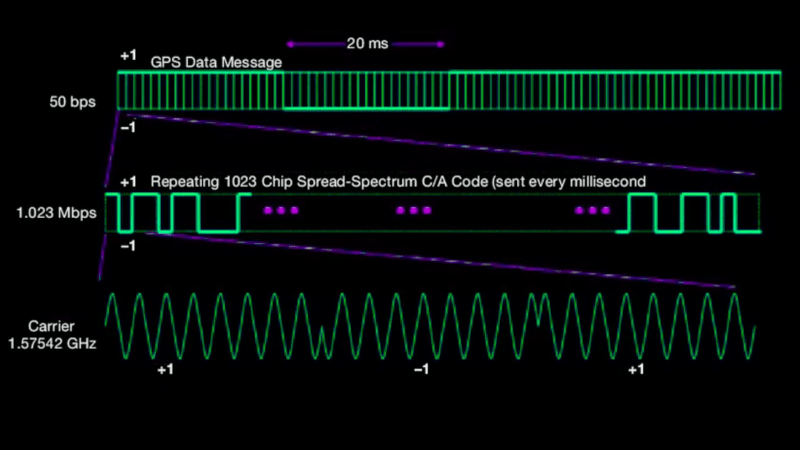
From The Insider
GPS signals in the waters near Gelendzhik, a town in southern Russia, have unexpectedly started being jammed at the entrance to Gelendzhik Bay.
The disruption was first noticed due to unusual ship movements tracked by MarineTraffic, a website monitoring maritime routes via the AIS system.
According to the site’s data, several ships began circling near the bay’s entrance — a pattern observed by open source intelligence (OSINT) analyst H.I. Sutton.
Context https://t.co/g5gQzN3nX1
— H I Sutton (@CovertShores) September 15, 2024
The analyst suggests that the unusual ship movements are likely due to the activation of GPS signal jamming in the area.
Sutton specifically pointed to buoy number 133 as the center of the disruption.
After examining navigation charts, The Insider confirmed that the ships' circular paths were indeed around this buoy, which is primarily used as a dumping ground for dredging material and has no other function — although it could be equipped with jamming devices.
Sutton specifically pointed to buoy number 133 as the center of the disruption.
After examining navigation charts, The Insider confirmed that the ships' circular paths were indeed around this buoy, which is primarily used as a dumping ground for dredging material and has no other function — although it could be equipped with jamming devices.

Screenshot: The Insider
H.I. Sutton had earlier reported, using satellite imagery, that Russian Black Sea Fleet vessels had been moved from the port of Novorossiysk to an unknown location.
Based on the vessels' draft (13–20 feet) and the depth of the waters in Gelendzhik Bay (30–43 feet, 56 feet at the entrance), The Insider used navigational charts to confirm that these ships could be anchored in the bay after having departed Novorossiysk.
Sutton speculated that the ships may have been moved due to concerns that Kyiv may receive approval to use Storm Shadow missiles to strike targets located within internationally recognized Russian territory.
Although the distance from both Novorossiysk and Gelendzhik Bay to the frontlines exceeds the range of the Storm Shadow missiles that have been delivered to Ukraine (300 kilometers, or 186 miles), the missiles could potentially be launched from fighter jets over the Black Sea.
The Russian military may be taking precautions, as aircraft could theoretically pass through Ukrainian, Romanian, or Bulgarian airspace, enter neutral waters, and launch missiles from positions south of Crimea.
Gelendzhik, with its smaller and more sheltered port, may offer better defensive capabilities than the busier port of Novorossiysk.

The ships may also have been relocated to Gelendzhik Bay for protection against maritime drones — which could explain the installation of jamming equipment at the bay’s entrance.
In late July, Bellingcat reported that Russia has sped up its construction of a shelter for the Black Sea Fleet in Abkhazia — a Russian-backed separatist region of Georgia.
The new Russian naval base, described by regional authorities as a “permanent place of deployment” for elements of the Black Sea Fleet, is being built in the seaside town of Ochamchire, just 30 kilometers from Abkhazia’s border with Georgia.

No comments:
Post a Comment